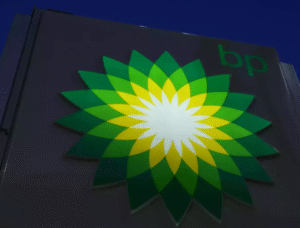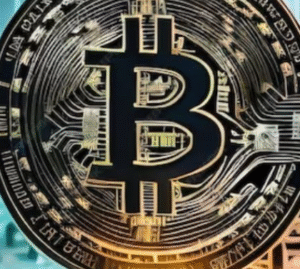$GLD $GC_F $IAU
#GoldDemand #CentralBanks #GoldMarket #EmergingMarkets #WorldGoldCouncil #PreciousMetals #GoldInvesting #Commodities #MonetaryPolicy #EconomicGrowth #InflationHedge #FinancialMarkets
The latest data from the World Gold Council highlights the growing appetite for gold among central banks, particularly in emerging markets, which are playing a pivotal role in sustaining the metal’s demand. According to Krishan Gopaul, Senior Analyst for EMEA at the World Gold Council, central banks continued their robust purchasing activity in November. This trend builds on an impressive year for gold, as central banks have increasingly turned to the precious metal to diversify reserves, reduce reliance on the U.S. dollar, and enhance their financial stability. Recent geopolitical uncertainties, currency volatility, and inflationary pressures have further elevated gold’s status as a safe-haven asset.
A significant portion of recent purchases has come from emerging markets, marking a strategic realignment in these economies. Countries with growing current account balances and foreign exchange reserves have strategically allocated a larger share to gold to shield against external shocks and safeguard the value of their reserves. Notably, many of these markets are seeking to de-dollarize their holdings and reduce exposure to global volatility emanating from U.S. monetary policy shifts. Analysts view this consistent purchase trend as a reinforcement of gold’s critical role in global financial systems, unsurprisingly pushing gold prices higher. The SPDR Gold Trust ($GLD) and futures contracts such as $GC_F have reflected this renewed interest, seeing sustained inflows and buoyant pricing.
Beyond geopolitical motivations, the demand for gold also illustrates a shift in monetary reserve strategies to hedge against inflation and currency risks. The consistent buying patterns from central banks signal a recognition of potential economic headwinds in the coming years, such as continued inflationary pressures and slower growth in major global economies. This phenomenon has benefited gold-backed exchange-traded funds (ETFs) like $IAU, as investors follow central banks’ lead in viewing gold as a reliable store of value. Moreover, the increased demand is creating upward price momentum, contributing to higher premiums in the physical gold market, particularly in emerging economies where local currencies often face heightened devaluation risks.
This surge in central bank demand likely points to another strong year for the global gold market as 2023 nears its conclusion. While gold purchasing by central banks contributes directly to price stability, its ripple effects also influence broader markets. Persistent central bank buying may temper gold’s traditionally high volatility and provide supportive tailwinds for commodity-linked equities and ETFs. Additionally, this trend aligns with a broader global shift toward alternative reserve assets, highlighting the growing role of gold in diversifying portfolios amid rising macroeconomic uncertainties. Looking ahead, analysts believe sustained purchasing activity in the months to come will reinforce gold’s prominence, particularly as central banks increasingly seek resilient assets.







Comments are closed.